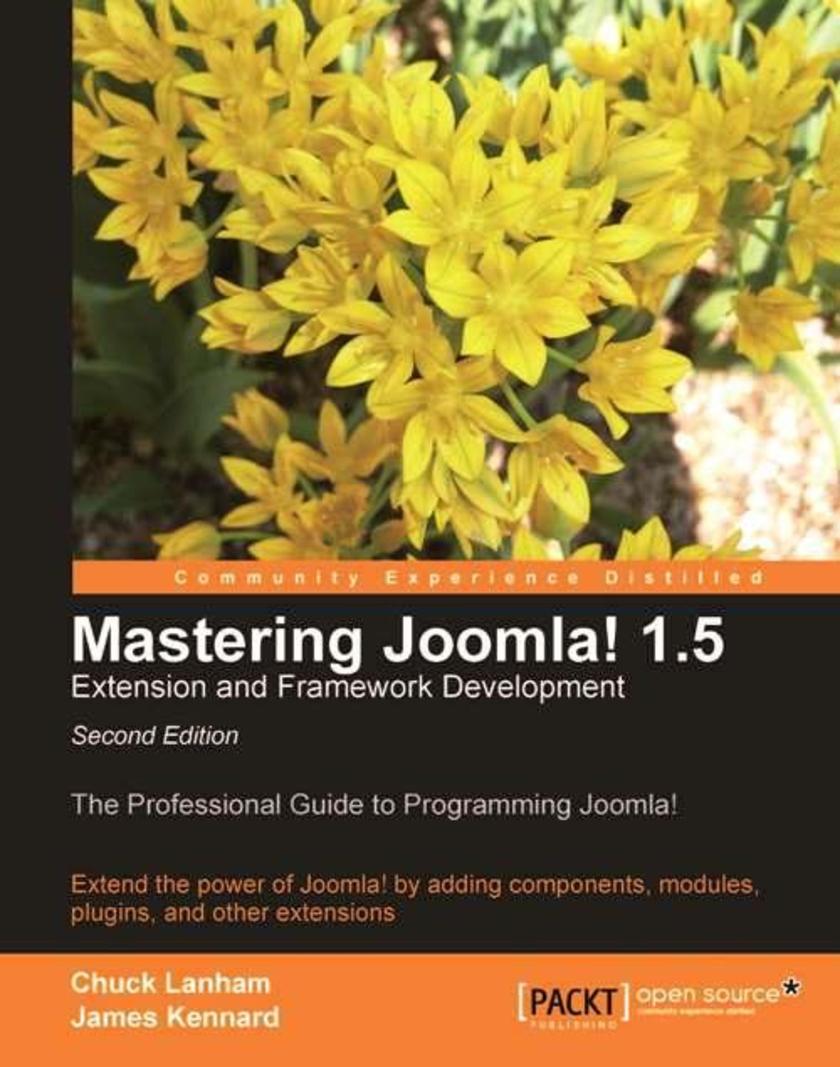
Mastering Joomla! 1.5 Extension and Framework Development (Update)
¥90.46
Packed with expert advice, working examples, and tips, this book is an essential reference guide that you will turn to again and again as you work with Joomla!. PHP developers who want to understand how Joomla! Works, with a view to advanced customization or extension development, and who want to learn how to work with the Joomla! Framework.
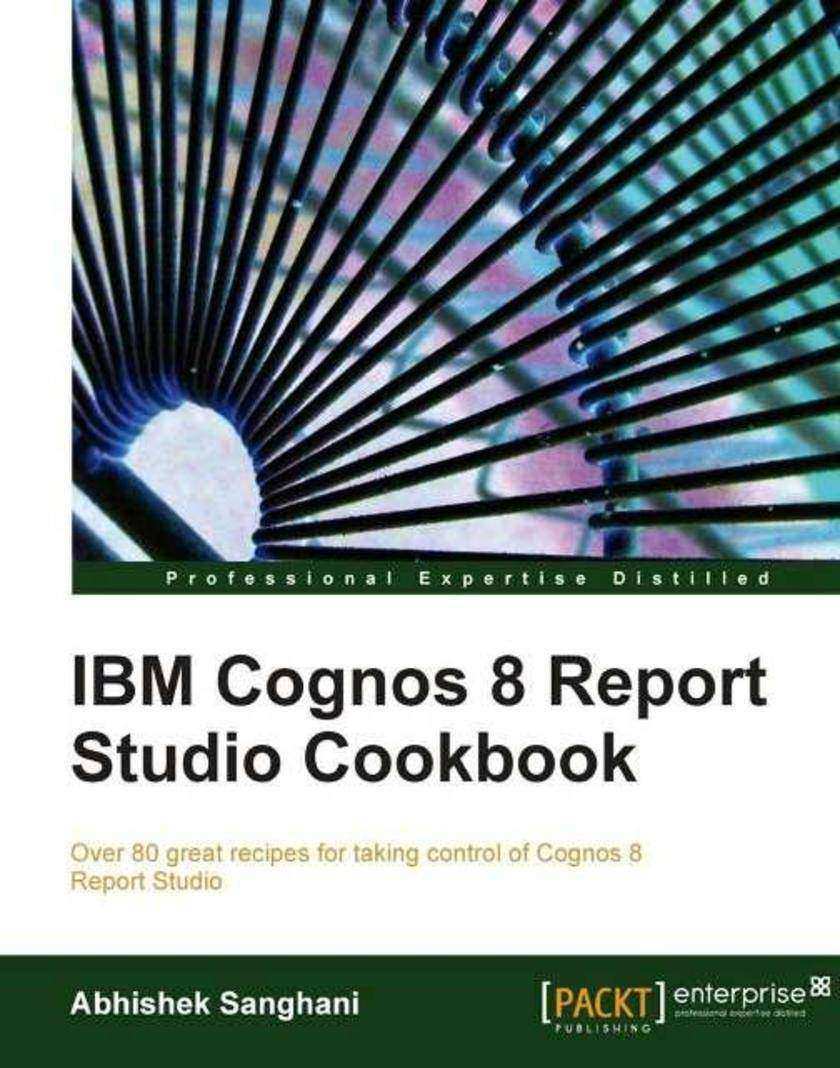
IBM Cognos 8 Report Studio Cookbook
¥107.90
Written in cookbook style, this book offers learning and techniques through recipes. It contains step-by-step instructions for Report Studio 8 users to author effective reports. The book is designed in such a way that you can refer to things chapter by chapter, and read them in no particular order. You will see a new fictional business case in each recipe that will relate to a real-life problem and then you will learn how to crack it in Report Studio. If you are a Business Intelligence or MIS Developer (programmer) working on Cognos Report Studio who wants to author impressive reports by putting to use what this tool has to offer, this book is for you. You could also be a Business Analyst or Power User who authors his own reports and wants to look beyond the conventional features of Report Studio 8. This book assumes that you can do basic authoring, are aware of the Cognos architecture, and are familiar with Studio.
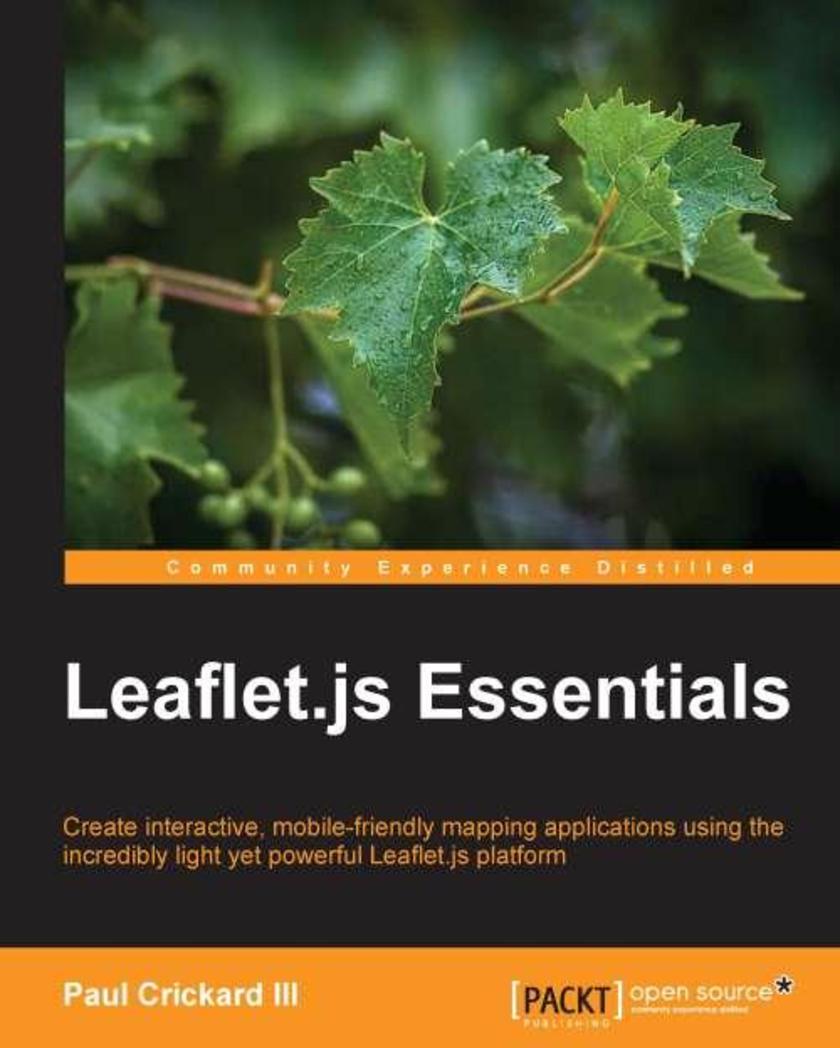
Leaflet Essentials
¥54.49
If you are a web developer working with geospatial concepts and mapping APIs, and you want to learn Leaflet to create mapping solutions, this book is for you. You need to have a basic knowledge of working with JavaScript and performing web application development.
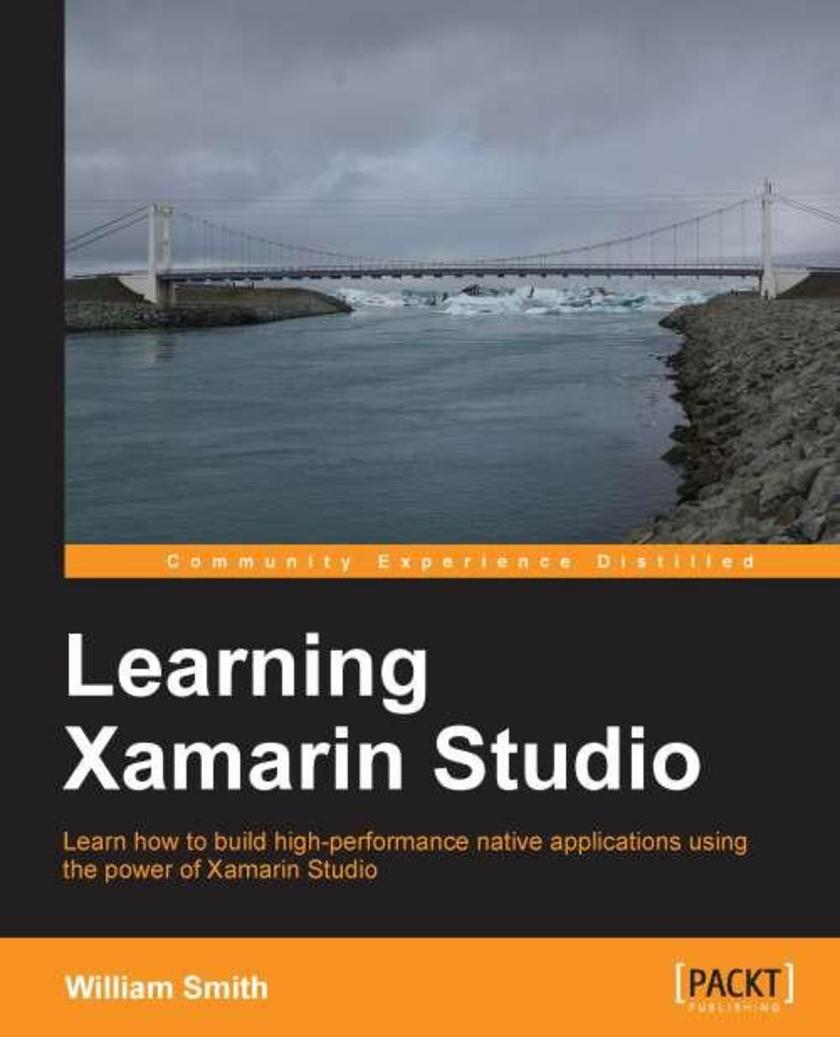
Learning Xamarin Studio
¥71.93
This book is intended for .NET developers with any level of experience and who are interested in building native applications without the hassle of becoming Objective-C or Java experts. Although it will be beneficial to have some development experience, particularly in .NET, Learning Xamarin help even a novice developer get past the headaches of setting up and customizing their new development environment so they can move on to producing high-quality native applications quickly.
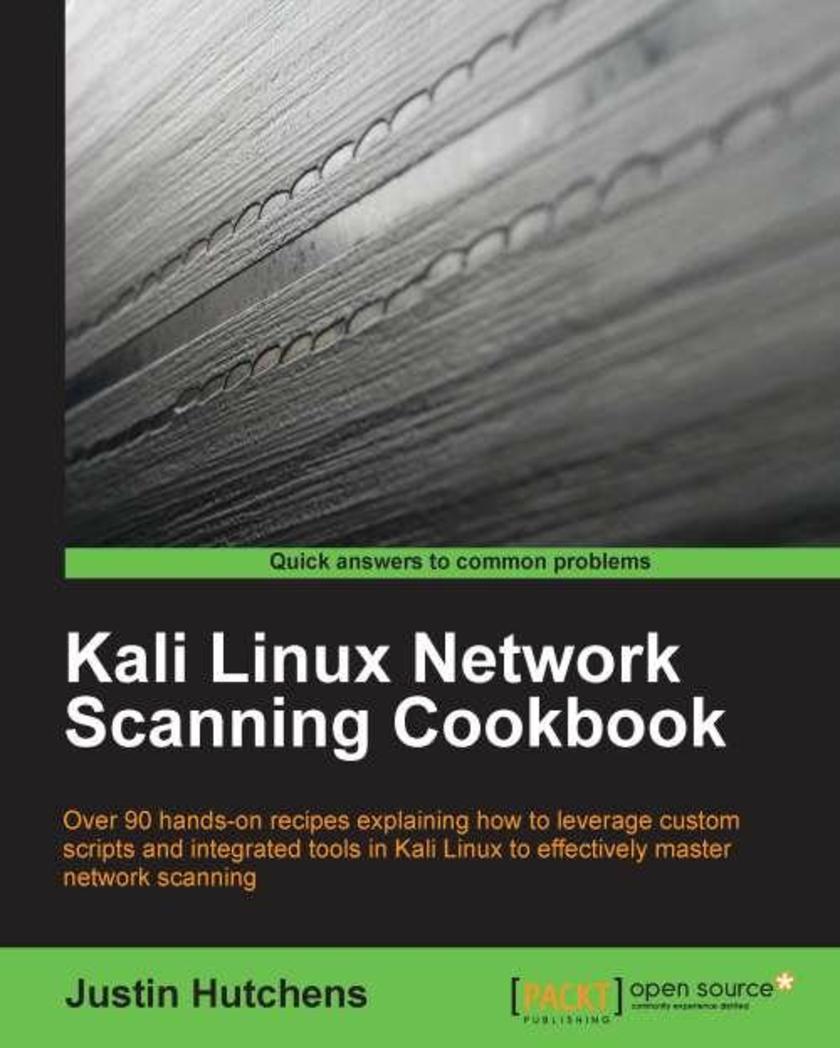
Kali Linux Network,Scanning Cookbook
¥91.55
"Kali Linux Network Scanning Cookbook" is intended for information security professionals and casual security enthusiasts alike. It will provide the foundational principles for the novice reader but will also introduce *ing techniques and in-depth analysis for the more advanced audience. Whether you are brand new to Kali Linux or a seasoned veteran, this book will aid in both understanding and ultimately mastering many of the most powerful and useful scanning techniques in the industry. It is assumed that the reader has some basic security testing experience.
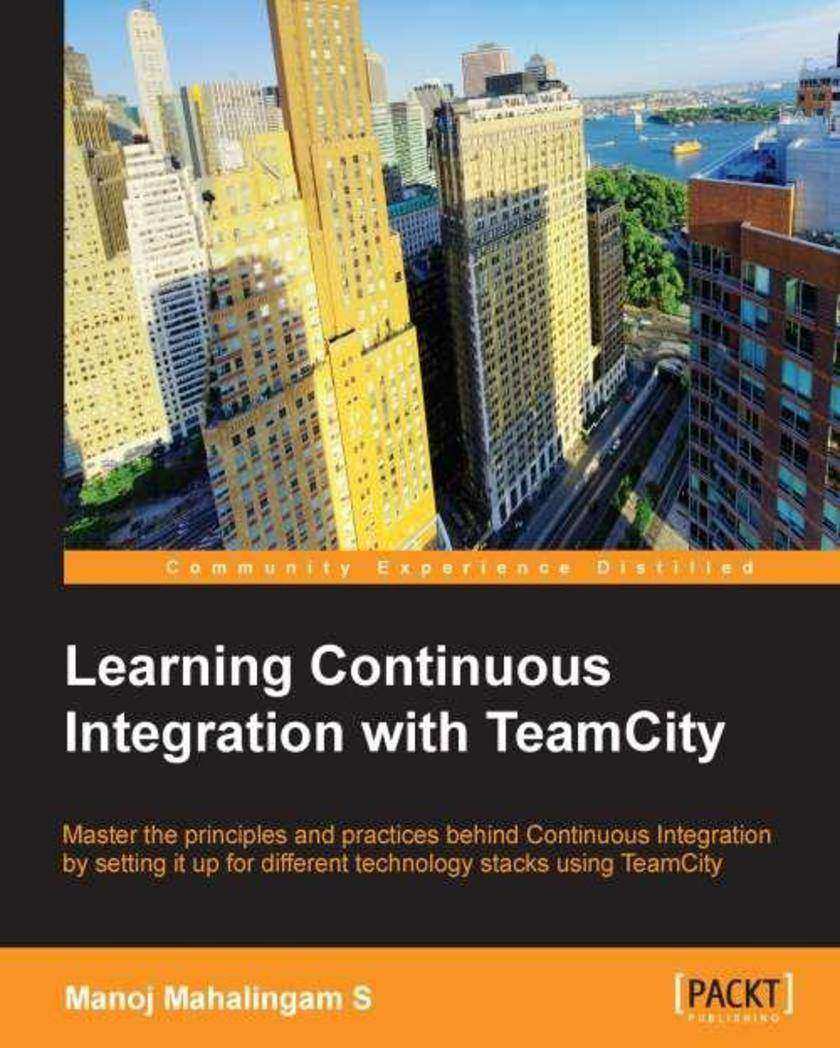
Learning Continuous Integration with TeamCity
¥80.65
If you are a developer, tester, or a person in operations or Devops who wants to start practising CI, start using TeamCity or both, then this book is for you. Moreover, if you have thought about bringing CI into your team, if you are already using a CI tool and want to move to TeamCity, or if you are looking for ideal practises and techniques while implementing CI with TeamCity, this book will be useful.
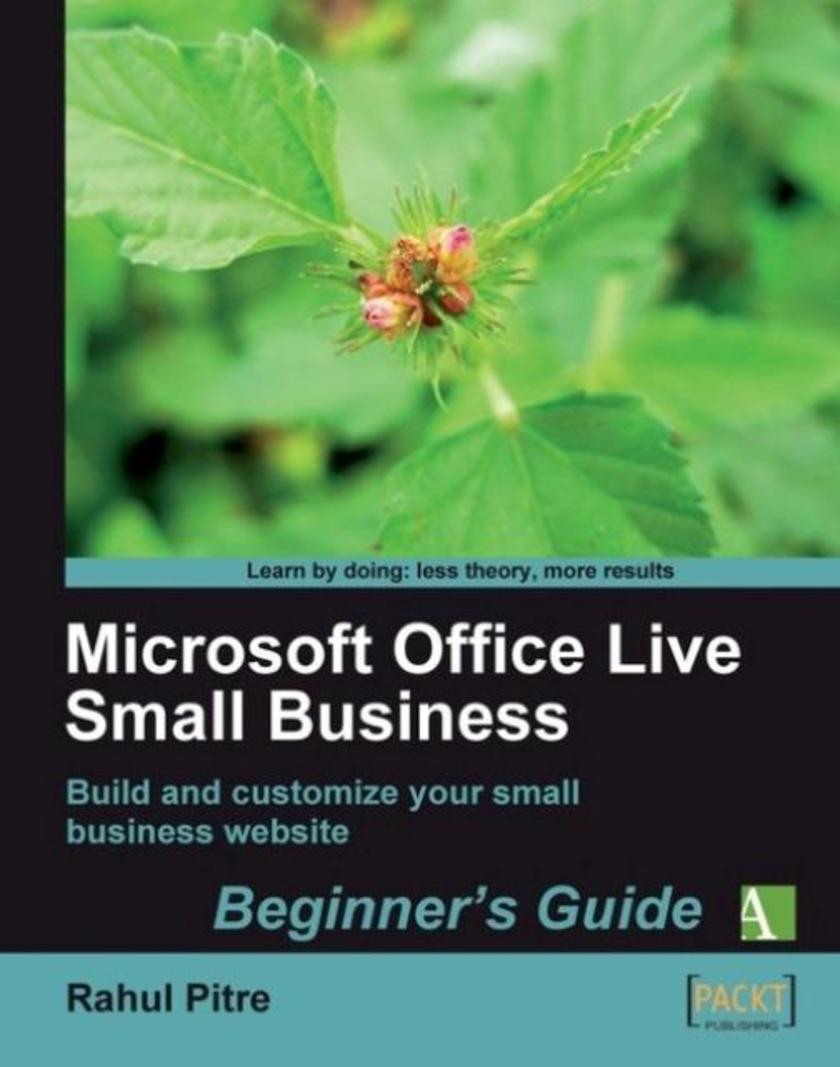
Microsoft Office Live Small Business: Beginner’s Guide
¥71.93
A tutorial in the Beginner’s Guide series, offering the reader step-by-step instructions on building and customizing their MOLSB web site from scratch. This book is also packed with tips, tricks, and best practices. Small-business owners who want to build and customize their business web sites on Microsoft’s free-to-use platform. No technical knowledge is required.
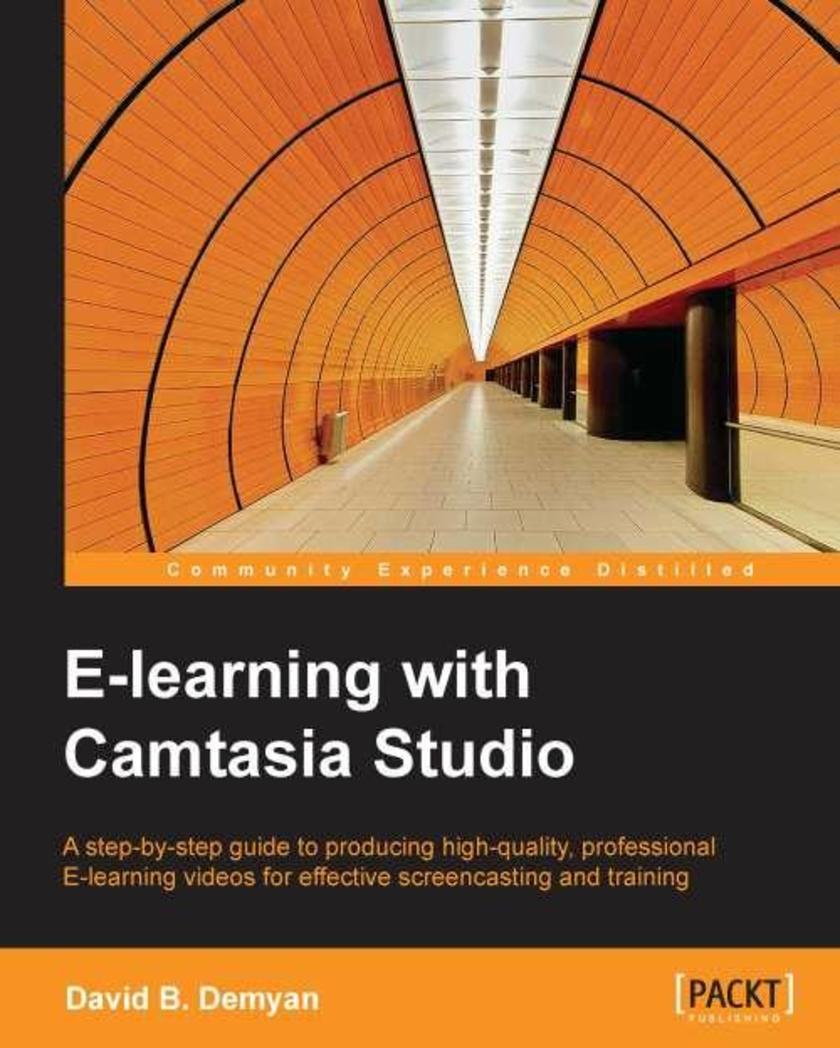
E-learning with Camtasia Studio
¥49.04
If you want to educate people using video learning techniques, this book is for you. Whether you are a teacher, a designer, or corporate learning staff and intend to deliver knowledge through videos, the exercises will benefit you, teaching the indispensable skills to produce and deliver effective educational content. No previous knowledge of Camtasia Studio or video production is required.
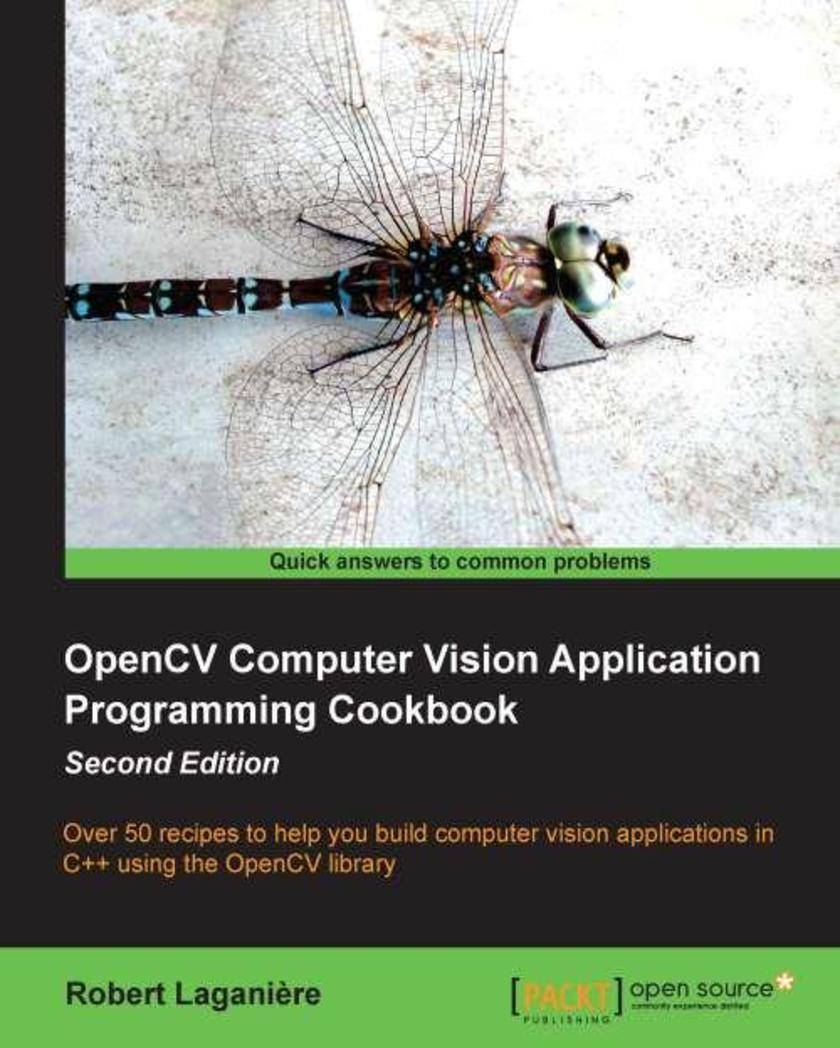
OpenCV Computer Vision Application programming Cookbook Second Edition
¥80.65
OpenCV 3 Computer Vision Application Programming Cookbook is appropriate for novice C++ programmers who want to learn how to use the OpenCV library to build computer vision applications. It is also suitable for professional software developers wishing to be introduced to the concepts of computer vision programming. It can also be used as a companion book in a university-level computer vision courses. It constitutes an excellent reference for graduate students and researchers in image processing and computer vision.
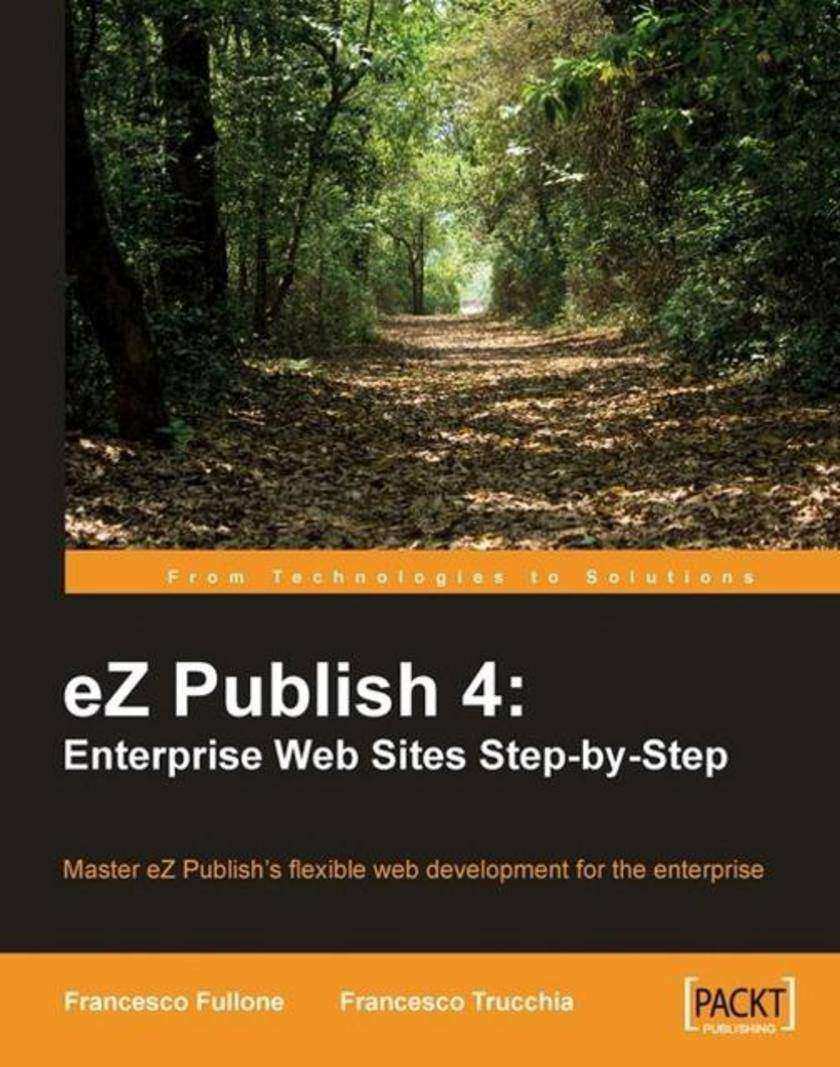
eZ Publish 4: Enterprise Web Sites Step-by-Step
¥90.46
The book is a carefully structured, practical, step-by-step guide to overcoming the trials and tribulations of building an eZ Publish enterprise web site. Each chapter will be based on a three-layer approach. Firstly, it teaches the techniques and principles required to fulfill the needs of our site, then it goes deep in the CMS approach to fulfill them. Lastly, example code and step-by-step screenshots are used to dig deeper. This book is written for beginners to eZ Publish who need to work on an enterprise-level site with a complex publishing workflow. This book is best for people who want to use eZ Publish from scratch without hard-core programming skills. Even if you are not a PHP-guru, and you don't want to study eZ Publish core functionality – this book is for you. In general, however, you'll get more out of the book if you know a little PHP, have some concept of Object-Oriented Programming, and have a general familiarity with CMS concepts.
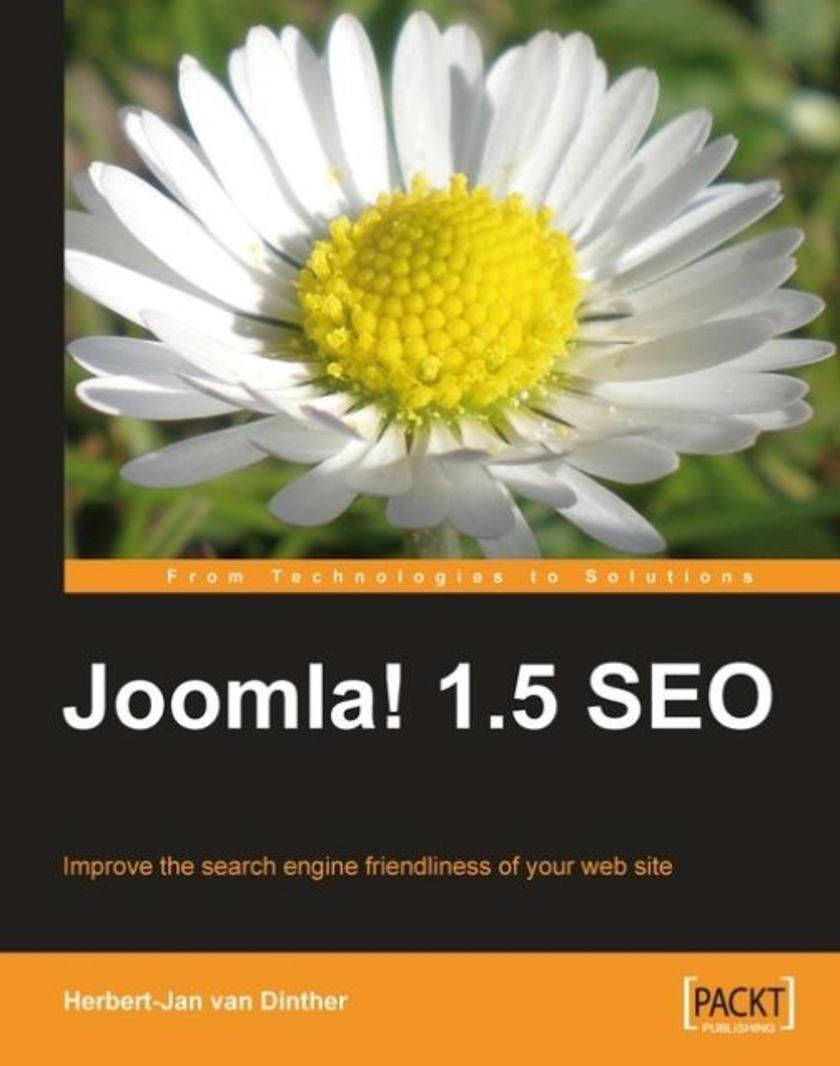
Joomla! 1.5 SEO
¥71.93
This is a practical, hands-on book that will lead you through the process of search engine optimization of your Joomla!-based web site. It provides clear instructions and detailed screenshots, so you can see exactly what to do at each step in the SEO process. Once you have finished reading the book and gone through the detailed plans from each chapter, you will have the knowledge to improve the rankings and visitor numbers of almost any Joomla!-based web site. This book is written for anyone using Joomla! ranging from owners of business sites to web site developers and personal web site owners. Any Joomla! web site owner who wants to sell products or services, or send out a message to the world will find that getting better rankings in the search engines will help them reach their goal. Some prior knowledge of Joomla! is expected but no prior knowledge of search engine optimization is needed for this book. The reader will get a deeper level of knowledge on how to make their web site rank better and attract more visitors to their site.
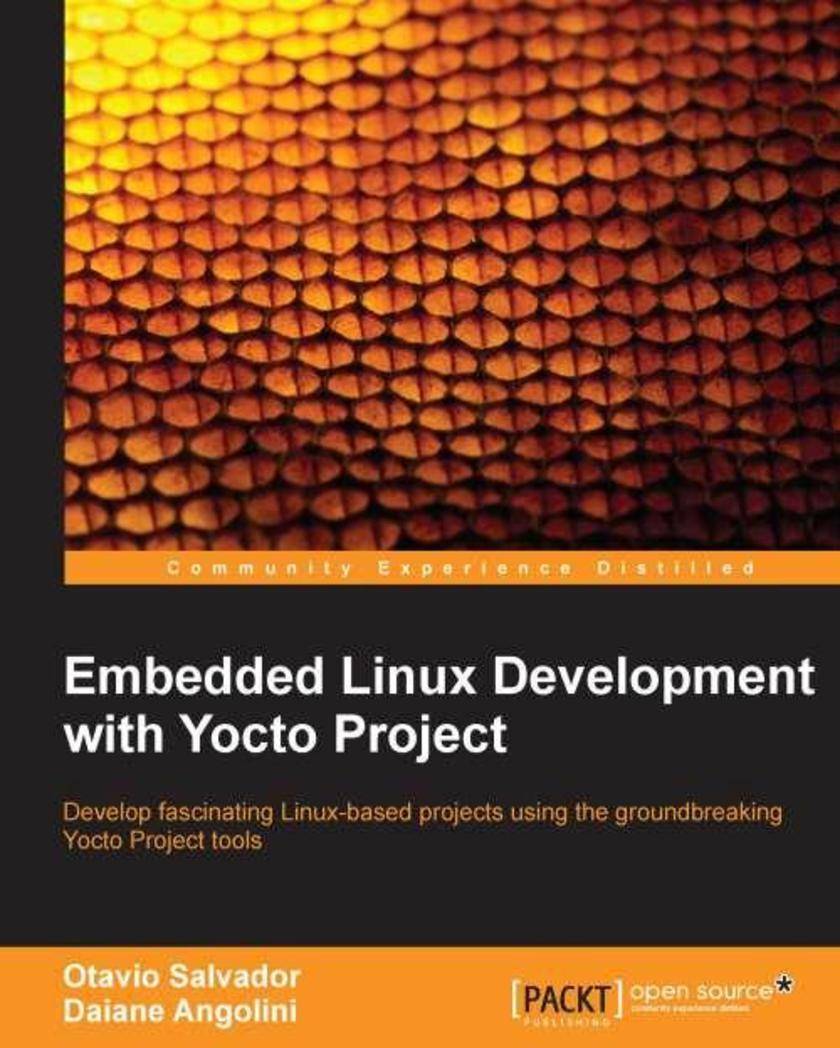
Embedded Linux Development with Yocto Project
¥45.77
A practical tutorial guide which introduces you to the basics of Yocto Project, and also helps you with its real hardware use to boost your Embedded Linux-based project. If you are an embedded systems enthusiast and willing to learn about compelling features offered by the Yocto Project, then this book is for you. With prior experience in the embedded Linux domain, you can make the most of this book to efficiently create custom Linux-based systems.
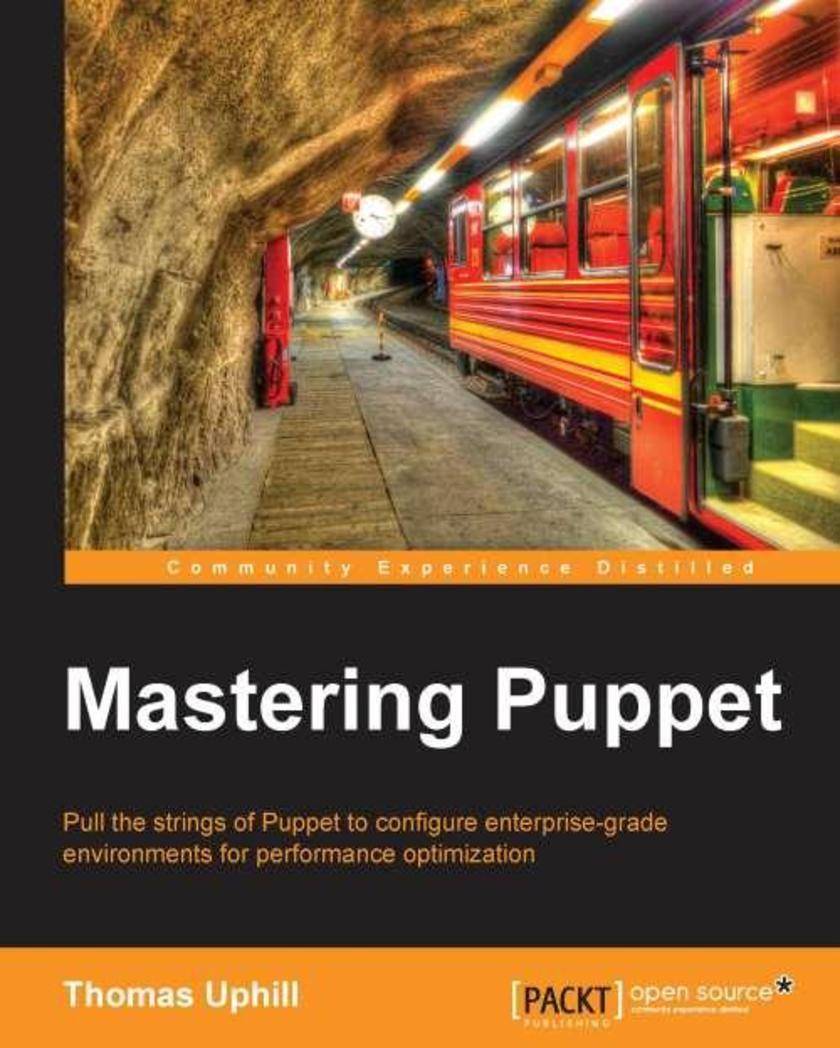
Mastering Puppet
¥79.56
Presented in an easy-to-follow, step-by-step tutorial format and packed with examples, this book will lead you through making the best out of Puppet in an enterprise environment. If you are a system administrator or developer who has used Puppet in production and are looking for ways to easily use Puppet in an enterprise environment, this book is for you. This book assumes an intermediate knowledge of Puppet and is intended for those writing modules or deploying Puppet in an enterprise environment.
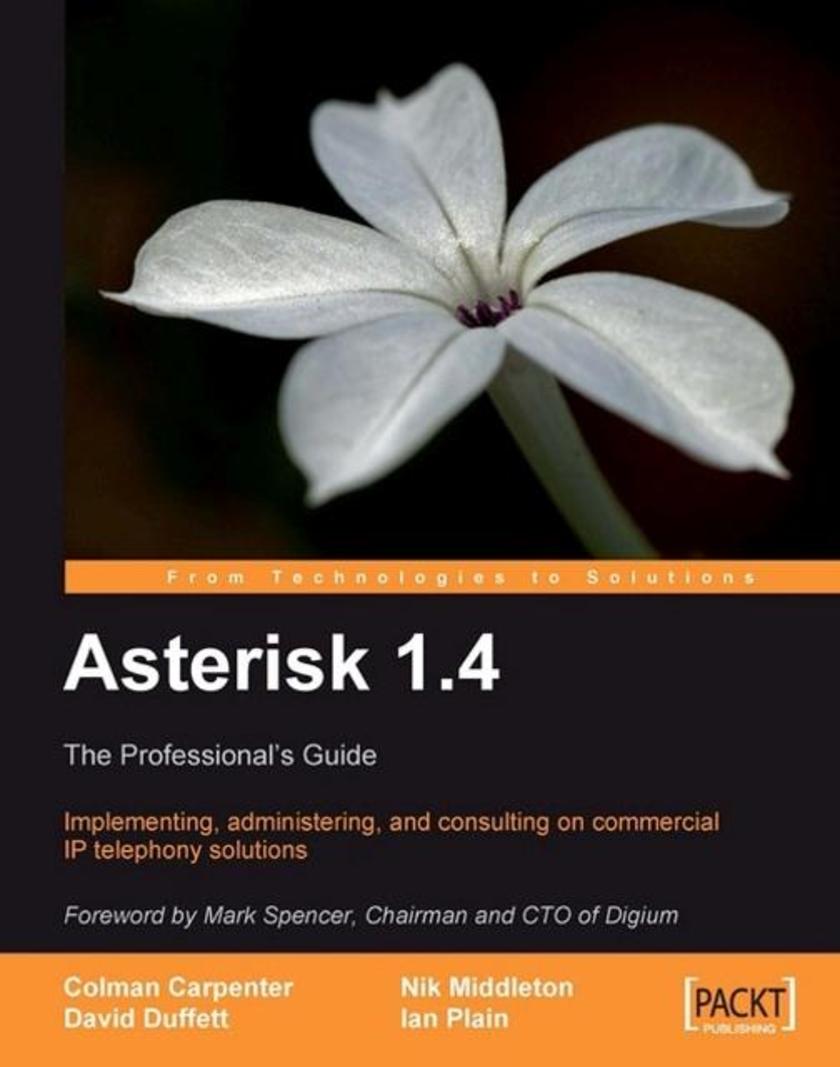
Asterisk 1.4 : The Professional’s Guide
¥80.65
Employing a comprehensive handbook-style approach, this easy-to-follow book shows the reader various means of implementing the power of Asterisk in a commercial environment. In next to no time, the reader will gain a deeper understanding of many of the issues faced by Asterisk consultants and the solutions they believe work best. Primarily aimed at Asterisk Professionals, this book provides real-world insight for Asterisk Network Administrators and System Implementers in the commercial environment. This book is not for newcomers to Asterisk. Readers are expected to be experienced with installing and administering Asterisk systems.
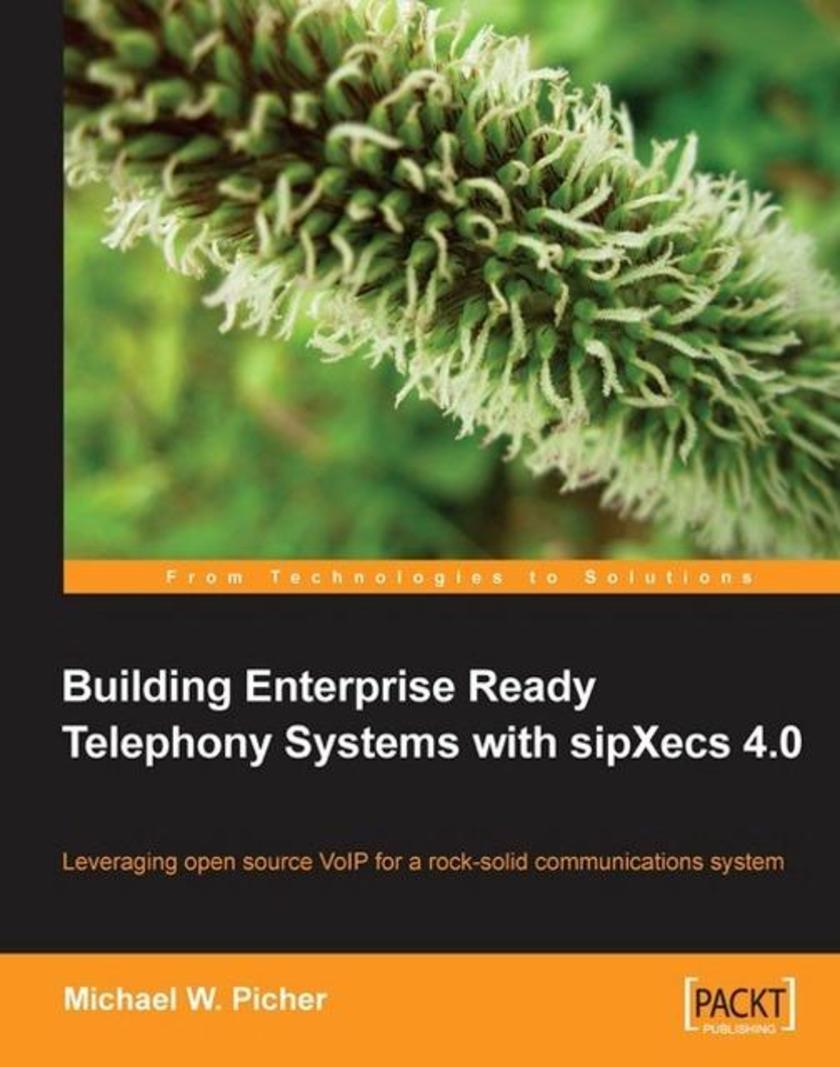
Building Enterprise Ready Telephony Systems with sipXecs 4.0
¥80.65
This book was written to be a step by step approach to building a communications system for any organization. Care was taken to clearly illustrate with diagrams and screen shots all of the steps and concepts along the way. This book is written for network engineers who have been asked to deploy and maintain communications systems for their organizations.
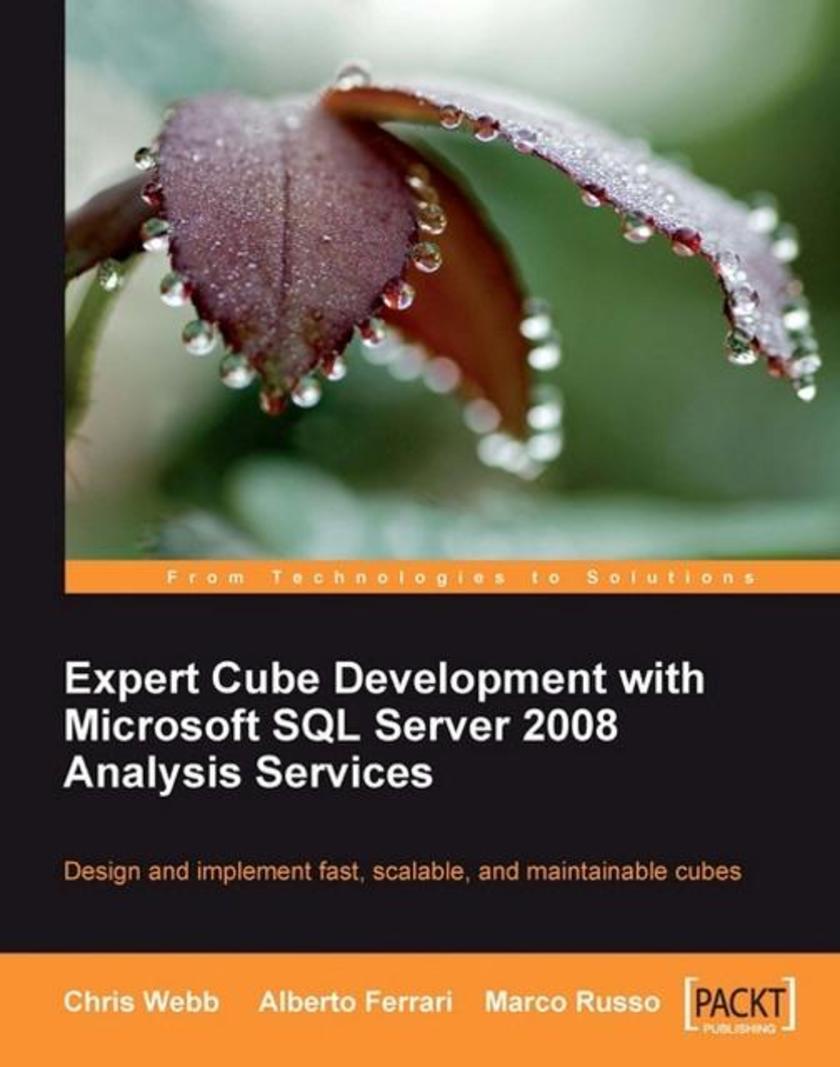
Expert Cube Development with Microsoft SQL Server 2008 Analysis Services
¥90.46
This is a practical tutorial for Analysis Services that shows readers how to solve problems commonly encountered while designing cubes, and explains which features of Analysis Services work well and which should be avoided. The book walks through the whole cube development lifecycle, from building dimensions, cubes and calculations to tuning and moving the cube into production. This book is aimed at Analysis Services developers who already have some experience but who want to go into more detail on advanced topics, and who want to learn best practices for cube design.
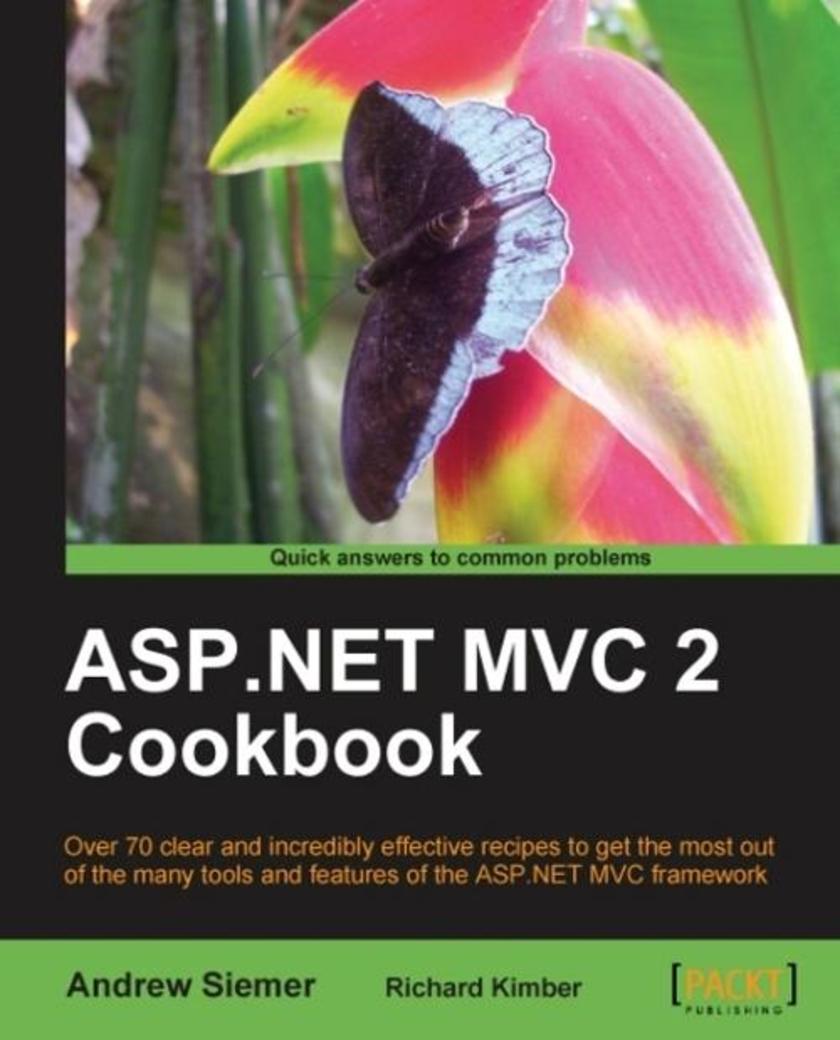
ASP.NET MVC 2 Cookbook
¥90.46
Written in cookbook style, this book offers solutions to all common web development problems through recipes. Each recipe contains step-by-step instructions followed by the analysis of what was done in each task and other useful information. The book is designed so that you can read it chapter by chapter, or you can look at the list of recipes and refer to them in no particular order. This book is particularly written for web developers looking to transfer their knowledge from the ASP.NET Web Forms way of doing things to the ASP.NET MVC framework. As this book targets readers of various experience levels, you should be able to find recipes of a basic, intermediate, and advanced nature. Regardless of your experience level, each recipe will walk you through the solution in a step by step manner that anyone should be able to follow.
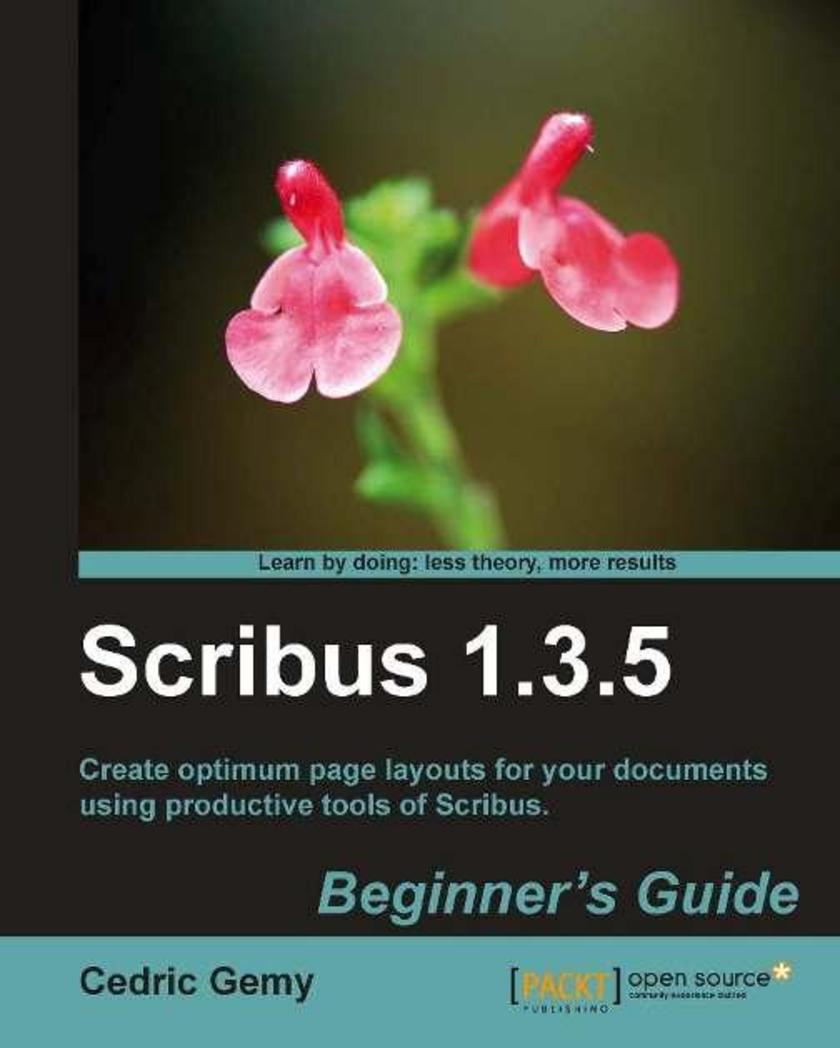
Scribus 1.3.5 Beginners Guide
¥71.93
This book is a step by step guide packed with interesting examples and screenshots that cover lot of support options to help you achieve the superior quality documents. This books is divided into 11 chapters, each chapter dealing with a precise aspect of the software to help you have the best overview and make the best design choices for your document. This book is for people who want to create professional-looking documents with Scribus. If you want a great looking brochure, newsletter, or poster, this is the book for you. No experience of desktop publishing software is required – only creativity and enthusiasm for creating great documents!
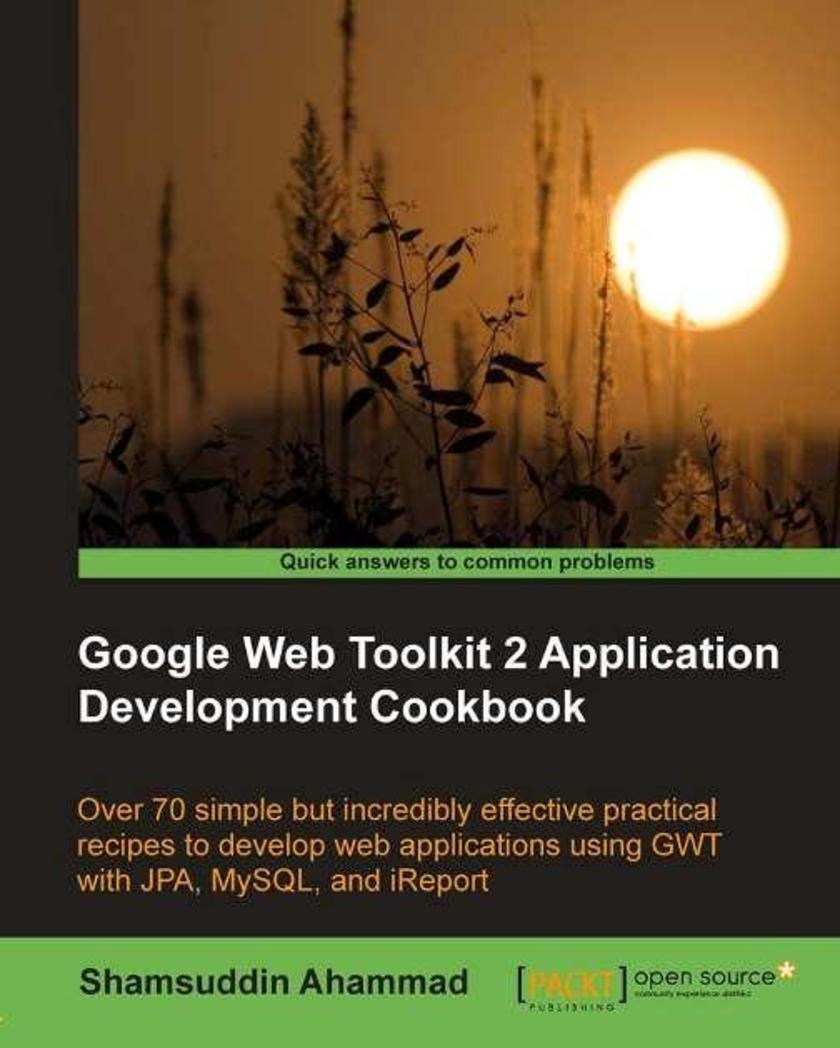
Google Web Toolkit 2 Application Development Cookbook
¥71.93
The recipes in this book are in a straightforward and easy to follow format.The range of topics covered in this book will bring out the forward-thinking Java developer in you. If you want to build AJAX web applications with GWT then this book is for you. Developers with prior programming experience of Java development and object-oriented programming will find this book very useful.
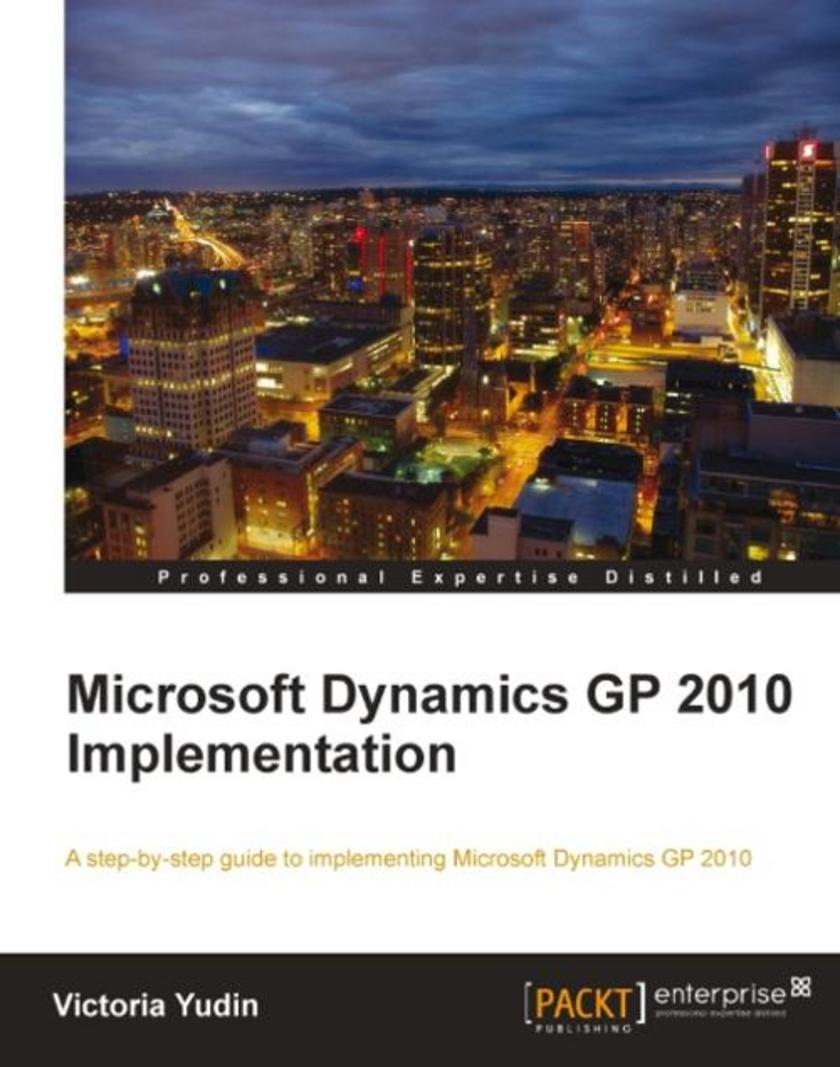
Microsoft Dynamics GP 2010 Implementation
¥107.90
A practical, focused tutorial, this book provides a step-by-step guide to planning and carrying out your Microsoft Dynamics GP 2010 implementation. Detailed de*ions and illustrations of setup screens and real-world examples are also included for the Dynamics GP system and core modules. This book focuses on Dynamics GP 2010, however, most of the concepts and explanations will apply to any Dynamics GP version. If you are a new or existing Microsoft Dynamics GP consultant or end user who wants to implement, install and set-up core modules of Dynamics GP 2010, then this book is for you. A basic understanding of business management systems and either Dynamics GP or a similar application is recommended.

Koha 3 Library Management System
¥80.65
Written in a practical style, this book uses the Linux shell in many chapters, demonstrating the execution of commands and their output. With liberal use of screenshots and plenty of code samples accompanied by careful explanation, it will make the task of installing and configuring Koha easy and straightforward. All chapters are written in a way that makes them applicable to various Linux distributions. This book is aimed at Linux system administrators who need to install and maintain Koha. If you are a system administrator who wants to set up an open source integrated library system, then this book is for you. It will also be useful for system administrators who require help with specific aspects of implementing Koha.




 购物车
购物车 个人中心
个人中心



